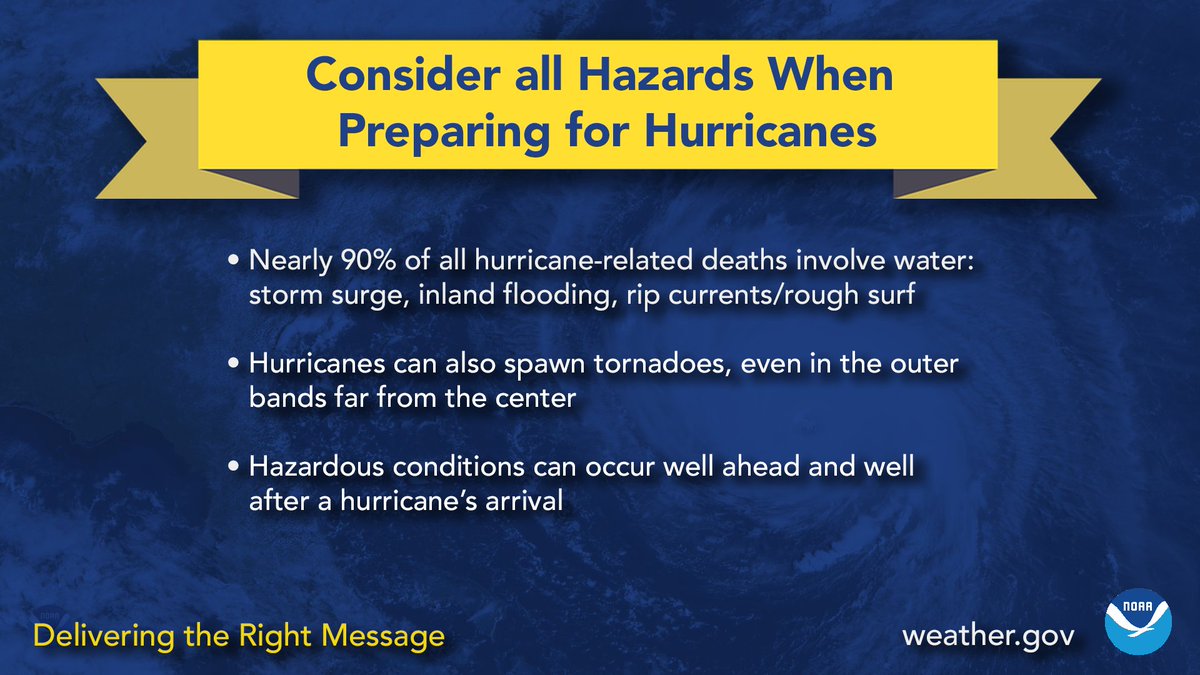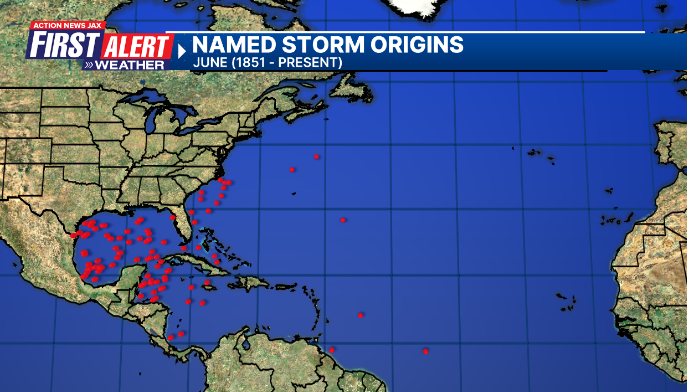Jacksonville, Fl. — The 2025 hurricane season is underway. The early season forecasts from NOAA & Dr. Phil Klotzbach at Colorado State University are for an at least somewhat above average season largely predicated on warmer than average sea surface temps. & an expected more active than average African monsoon season. The ENSO (La Nina or El Nino) is generally not expected to come into play staying near neutral though some long range forecast models do show a La Nina (cooling of the equatorial Pacific=more active Atlantic) emerging late in the season.
THE TROPICS:
The “Buresh Bottom Line”: Always be prepared!.....First Alert Hurricane Preparation Guide... City of Jacksonville Preparedness Guide... Georgia Hurricane Guide.
STAY INFORMED: Get the * FREE * First Alert Weather app
FREE NEWS UPDATES, ALERTS: Action News Jax app for Apple | For Android
WATCH “Preparing for the Storm”
WATCH “The Ins & Outs of Hurricane Season”
READ the First Alert Hurricane Center “Preparation Guide”
Federal Alliance for Safe Homes (FLASH) * here *.
***** ALWAYS CHECK & RE-CHECK THE LATEST FORECAST & UPDATES! ****
Tropics threats for Jacksonville/NE Florida/SE Georgia: None.
The Atlantic Basin Overview:
The hurricane season is June 1st through Nov. 30th & the first name on the Atlantic list this year is “Andrea”.
The first few days of this season look to be quiet across the Atlantic. There are hints of some *possible* gradual development over the Western Caribbean &/or Southern Gulf in 10-12 days or so or about the second week of June. But forecast models have been very inconsistent on this potential & - by the far - the GFS model has been the most bullish. Climatologically the Caribbean & Gulf would be favored for early season development, so it’s an area we’ll keep an eye on.




‘Velocity potential anomalies’ below. shows “Rising” air (green lines) equates with an uptick in overall convection. With rising air, conditions are generally more favorable for tropical development. Where there are brown lines, the air is generally sinking & is often less conducive to tropical cyclones (though not impossible to have development). There is a “pulse” of upward velocities headed eastward across the Pacific which should arrive near or over the Gulf & Caribbean by the second week or so of June which might be an indicator of increased *potential*.

REMEMBER WHEN A TROPICAL STORM OR HURRICANE IS APPROACHING: Taping windows is *not* recommended & will not keep glass from breaking. Instead close curtains & blinds.
Realize the forecast cone (”cone of uncertainty”) is the average forecast error over a given time - out to 5 days - & *does not* indicate the width of the storm &/or where damage might occur.
The upper oceanic heat content (UOHC) - brighter the colors, the warmer the water to a greater depth:

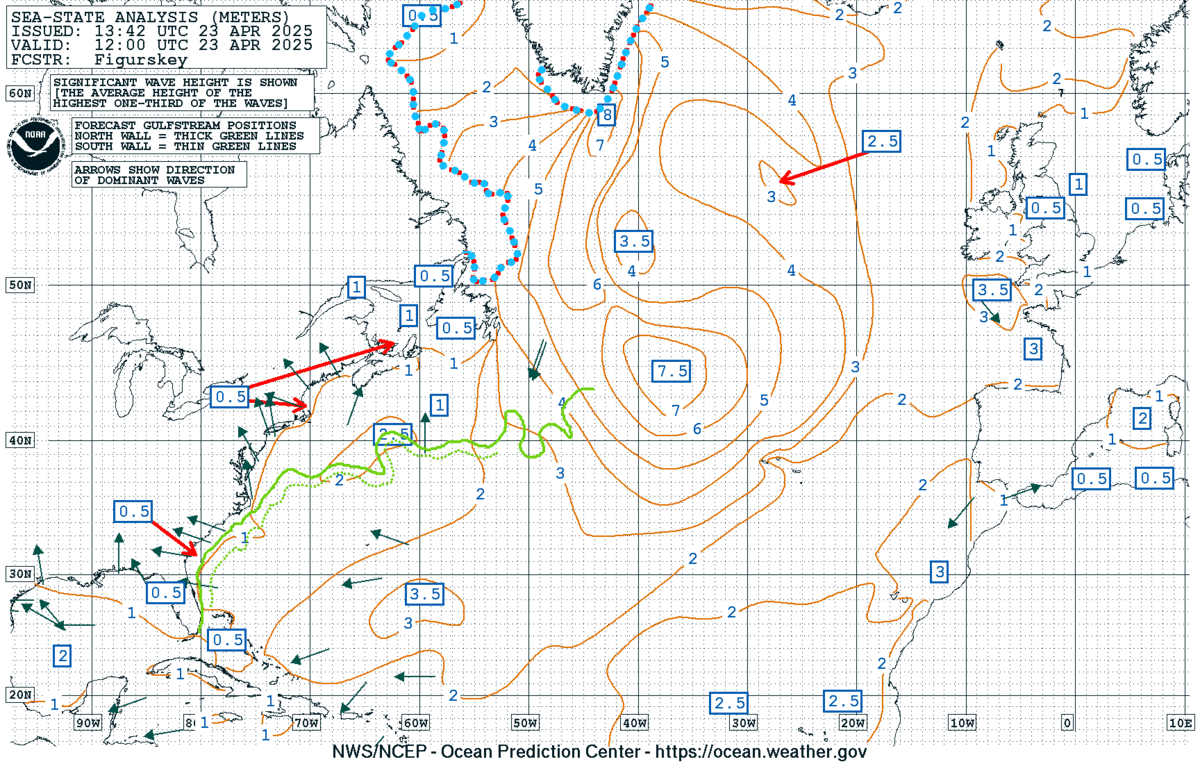
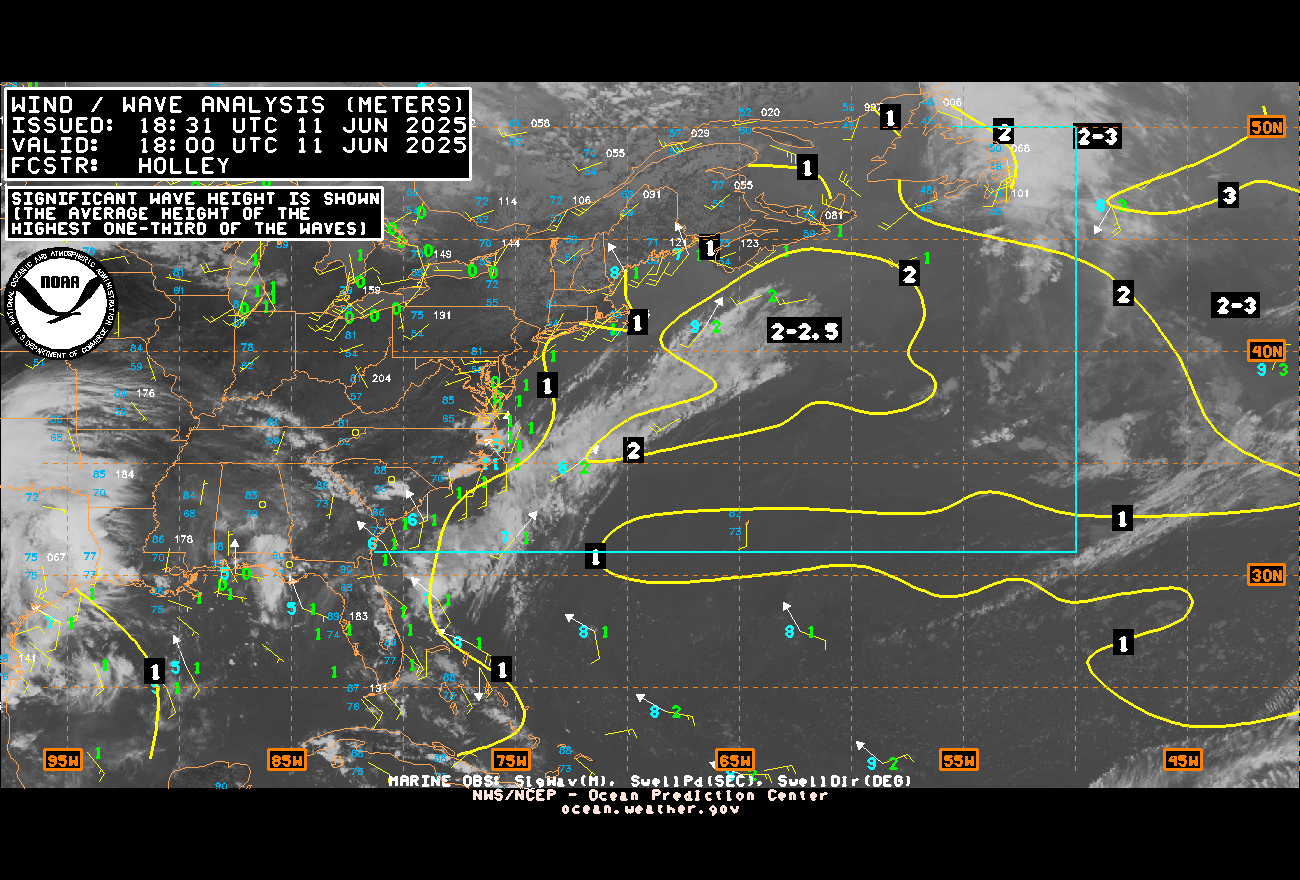




Water vapor loop (dark blue/yellow is dry mid & upper level air):


June Atlantic tropical cyclone origins:
Averages below based on climatology for the Atlantic Basin for June:
Wind shear (red - strong shear; green - low shear). Shear is typically strong to start the hurricane season:




Saharan dust spreads west each year from Africa driven by the prevailing winds (from east to west over the Atlantic). Dry air = yellow/orange/red/pink. Widespread dust is indicative of dry air that *can* interfere with the development of tropical cyclones. However, sometimes “wanna’ be” waves will just wait until they get to the other side of - or away from - the dust plume then try to develop if other conditions are favorable (we saw this with Beryl & Debby last year). In my personal opinion, there is way too much “hoopla” about the presence of Saharan dust & how it relates to tropical cyclones. In any case, the peak of Saharan dust typically is in June & July, & we are indeed seeing a big “blob” of Saharan dust moving west across the Atlantic.
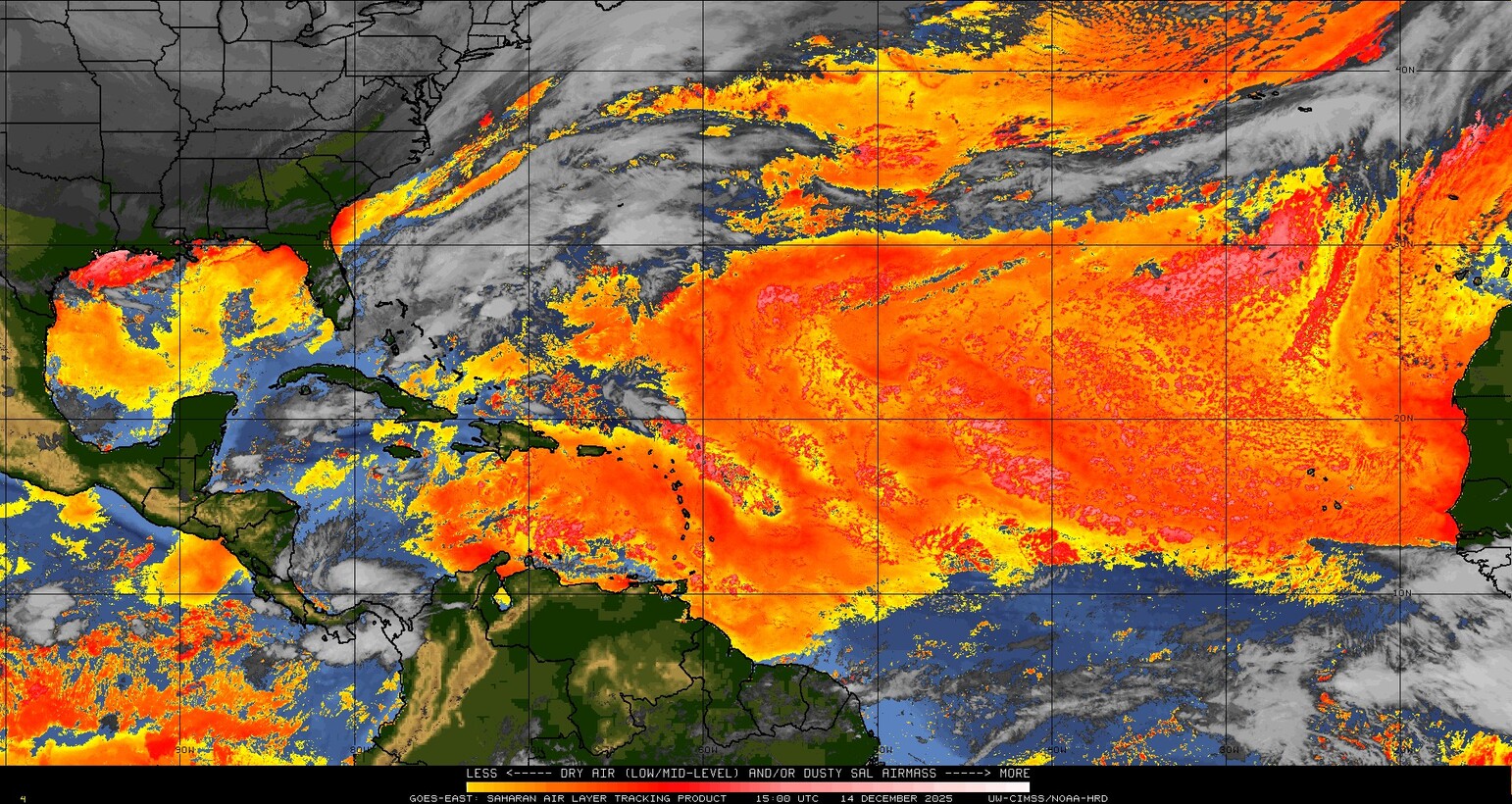
2025 names..... “Andrea” is the first name on the Atlantic list (names are picked at random by the World Meteorological Organization... repeat every 6 years). Historic storms are retired [Florence & Michael in ’18... Dorian in ’19 (the last time this year’s list was used) ... Laura, Eta & Iota in ‘20 ... Ida in ‘21 ... Fiona & Ian in ‘22... no names were retired in ‘23 for the first time since 2014... & Beryl, Helene & Milton last year in 2024]). The WMO decided - beginning in 2021 - that the Greek alphabet will be no longer used & instead there will be a supplemental list of names if the first list is exhausted (has only happened three times - 2005, 2020 & 2021). The naming of tropical cyclones began on a consistent basis in 1953. More on the history of naming tropical cyclones * here *.

Hurricane season climatology:
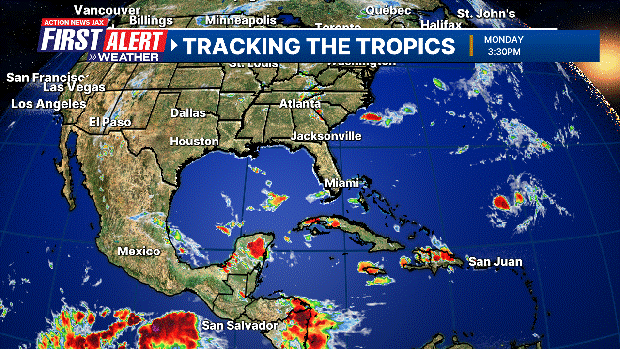



East Atlantic:




Mid & upper level wind shear (enemy of tropical cyclones) analysis (CIMMS). The red lines indicate strong shear:
Water vapor imagery (dark blue indicates dry air):

Deep oceanic heat content over the Gulf, Caribbean & tropical Atlantic. The colors will brighten greatly as the water warms to greater depths deeper into the season:

Sea surface temp. anomalies:
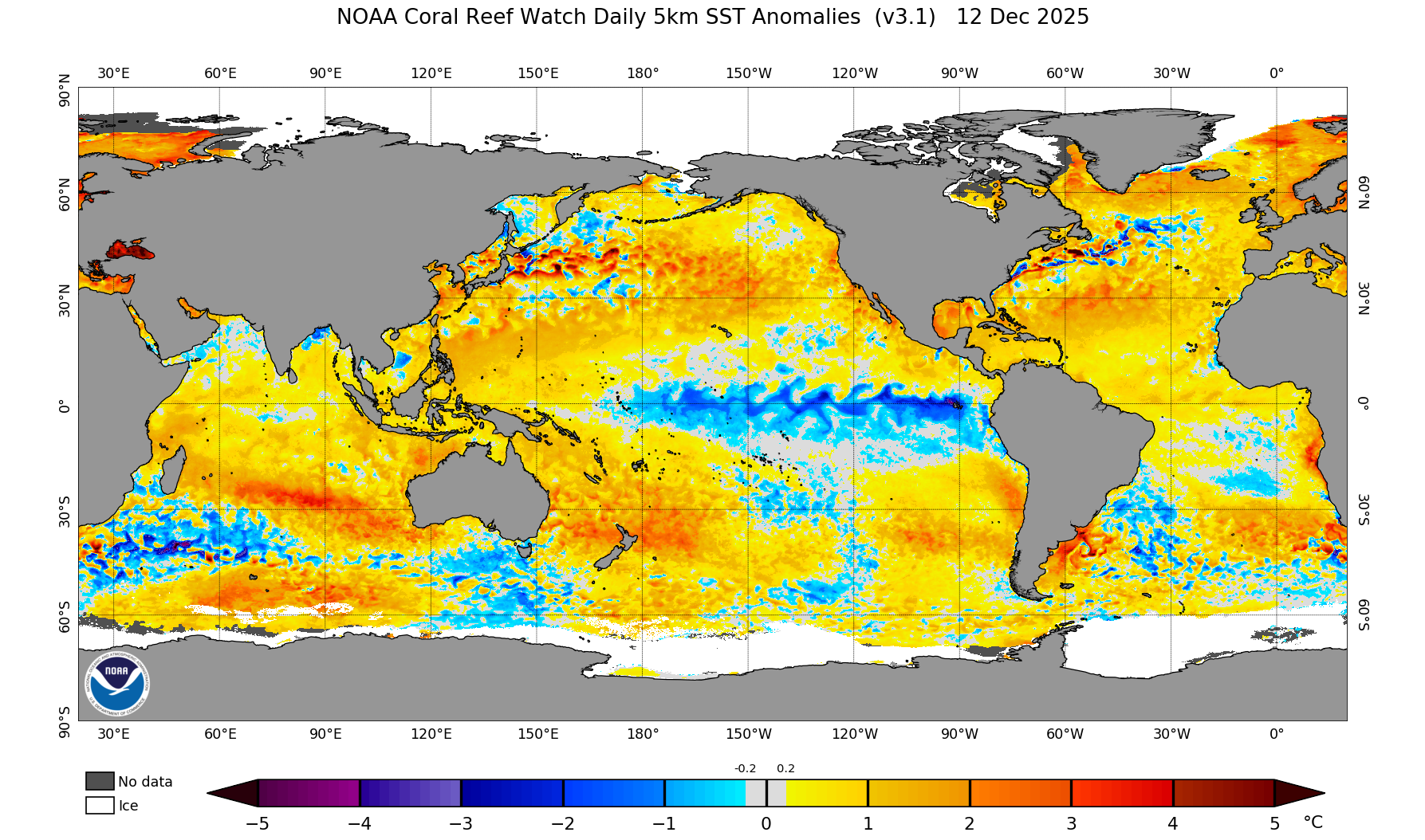
SE U.S. surface map:

Surface analysis centered on the tropical Atlantic:

Surface analysis of the Gulf:

Caribbean:

Atlantic Basin wave period forecast for 24, 48, 72 & 96 hours respectively:
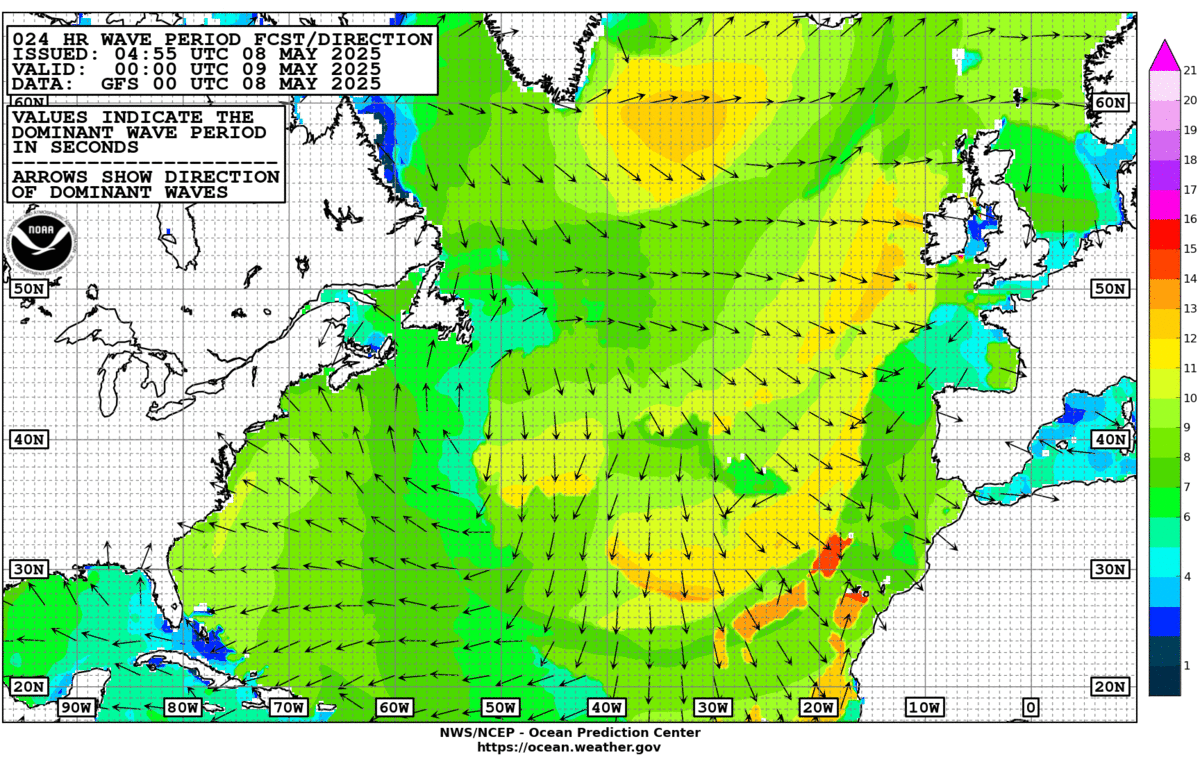

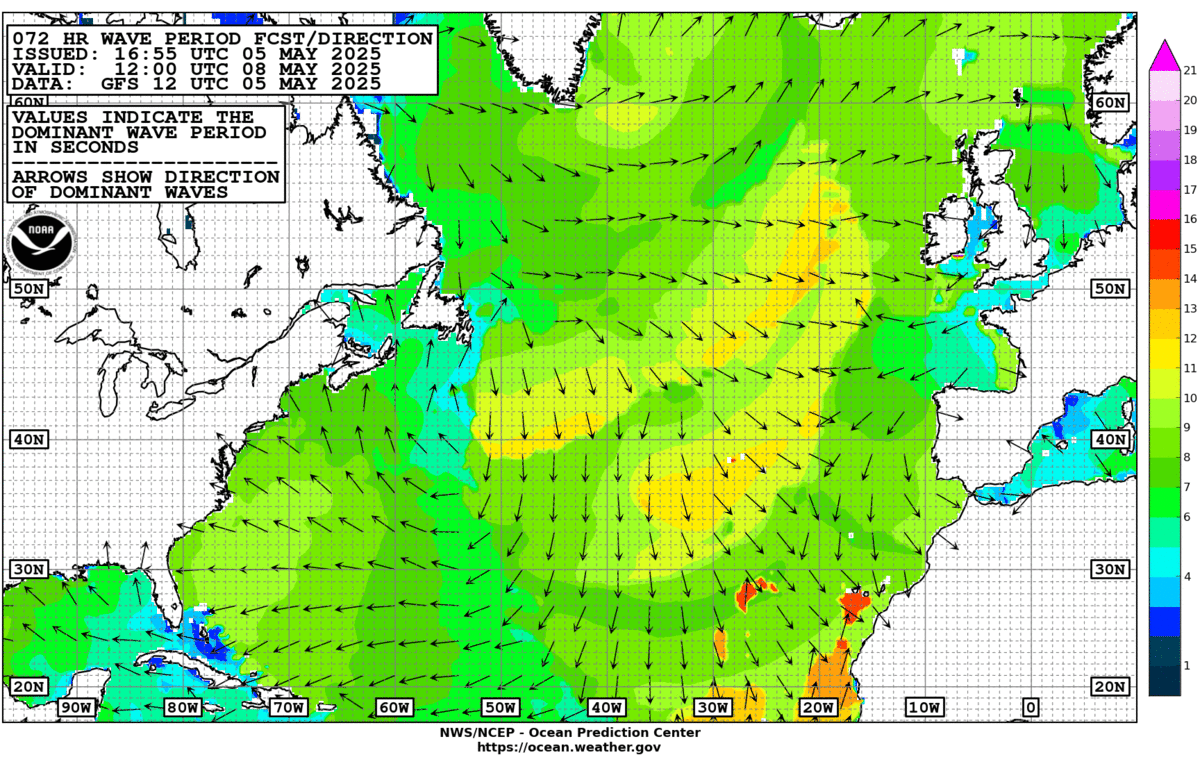
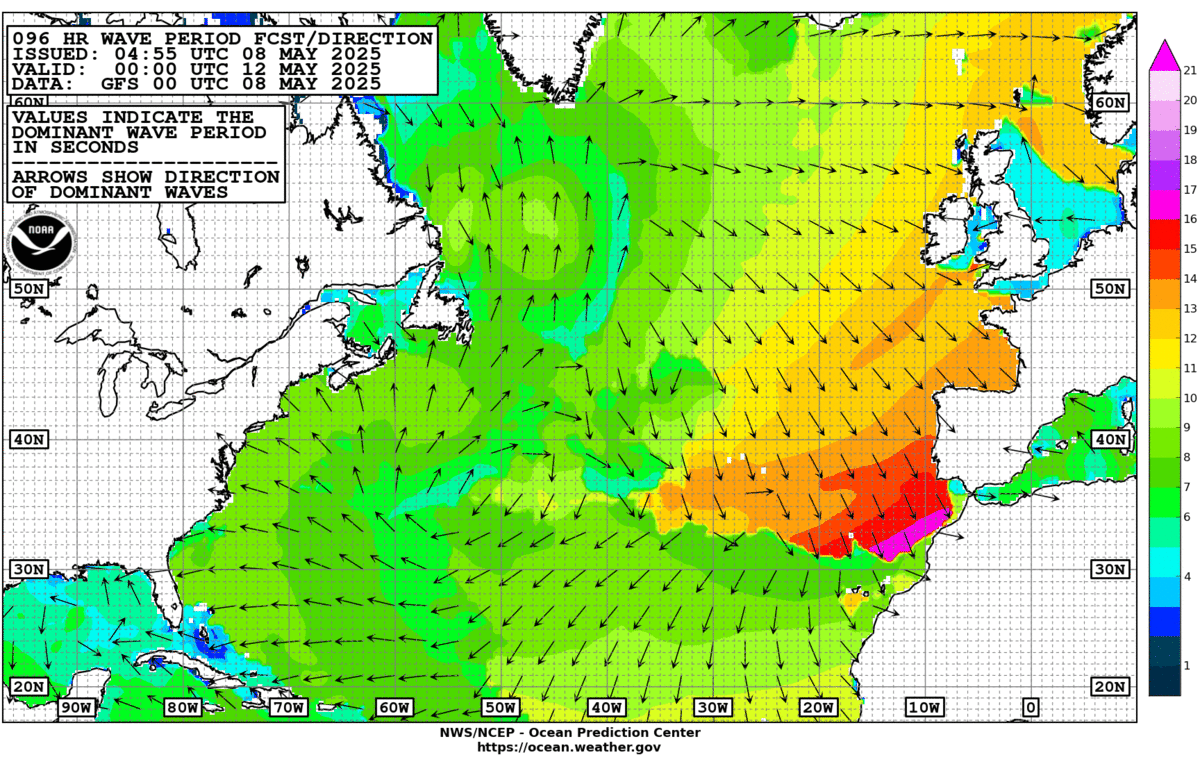

East & Central Pacific:
The first tropical cyclone of the season - “Alvin” - already developed the last few days but has also rapidly weakened while moving northward off the coast of Mexico. The East Atlantic is usually busier earlier vs. the Atlantic.



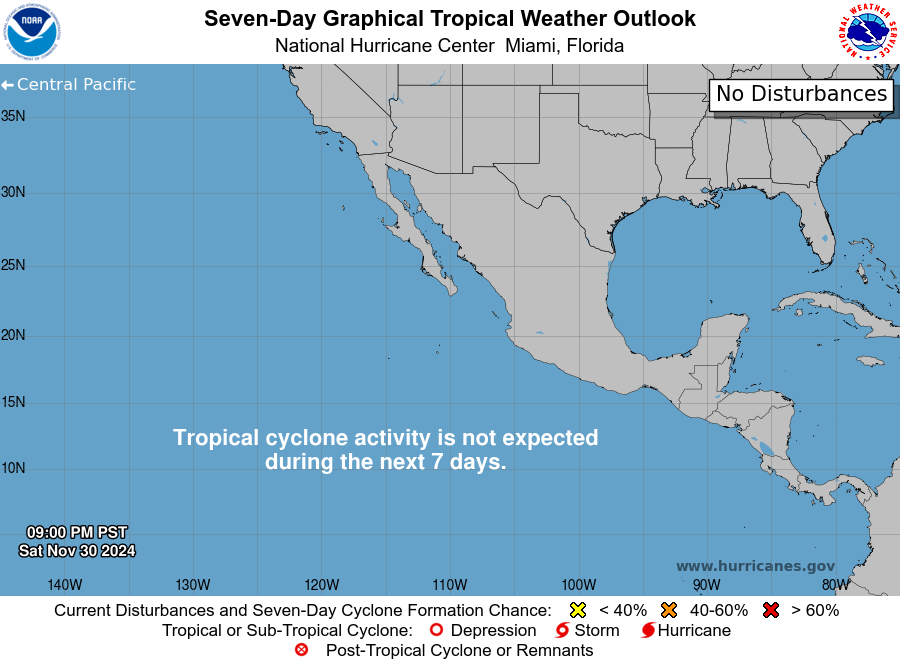
Central Pacific:
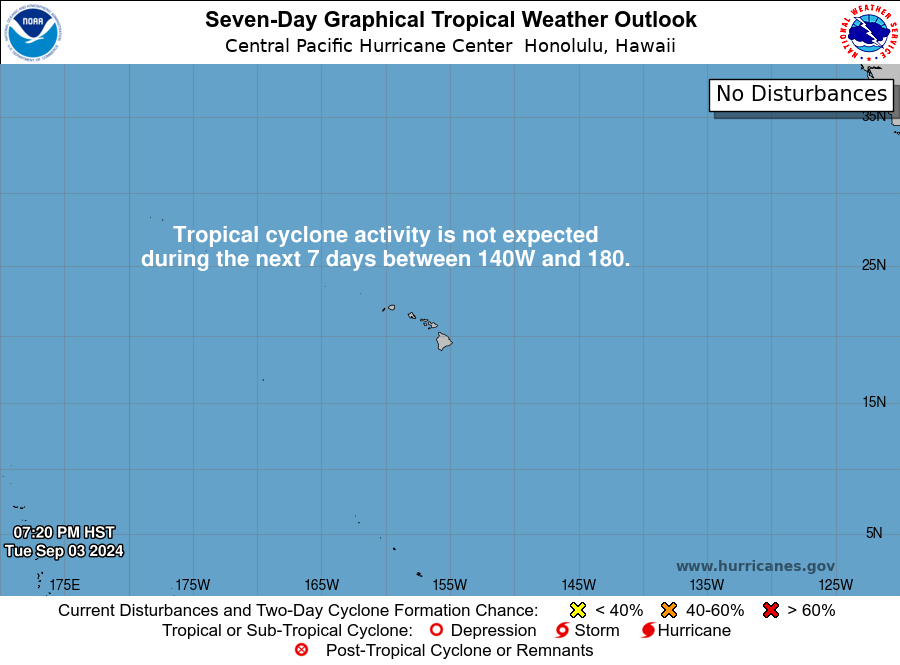
Hawaii satellite imagery:

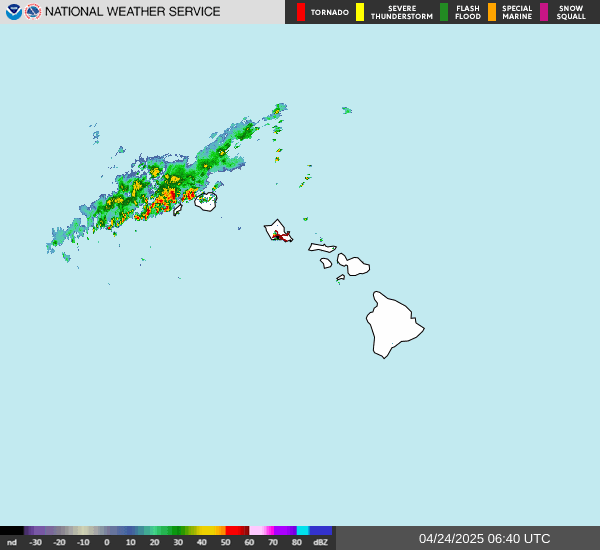
West Pacific:
Global tropical activity:
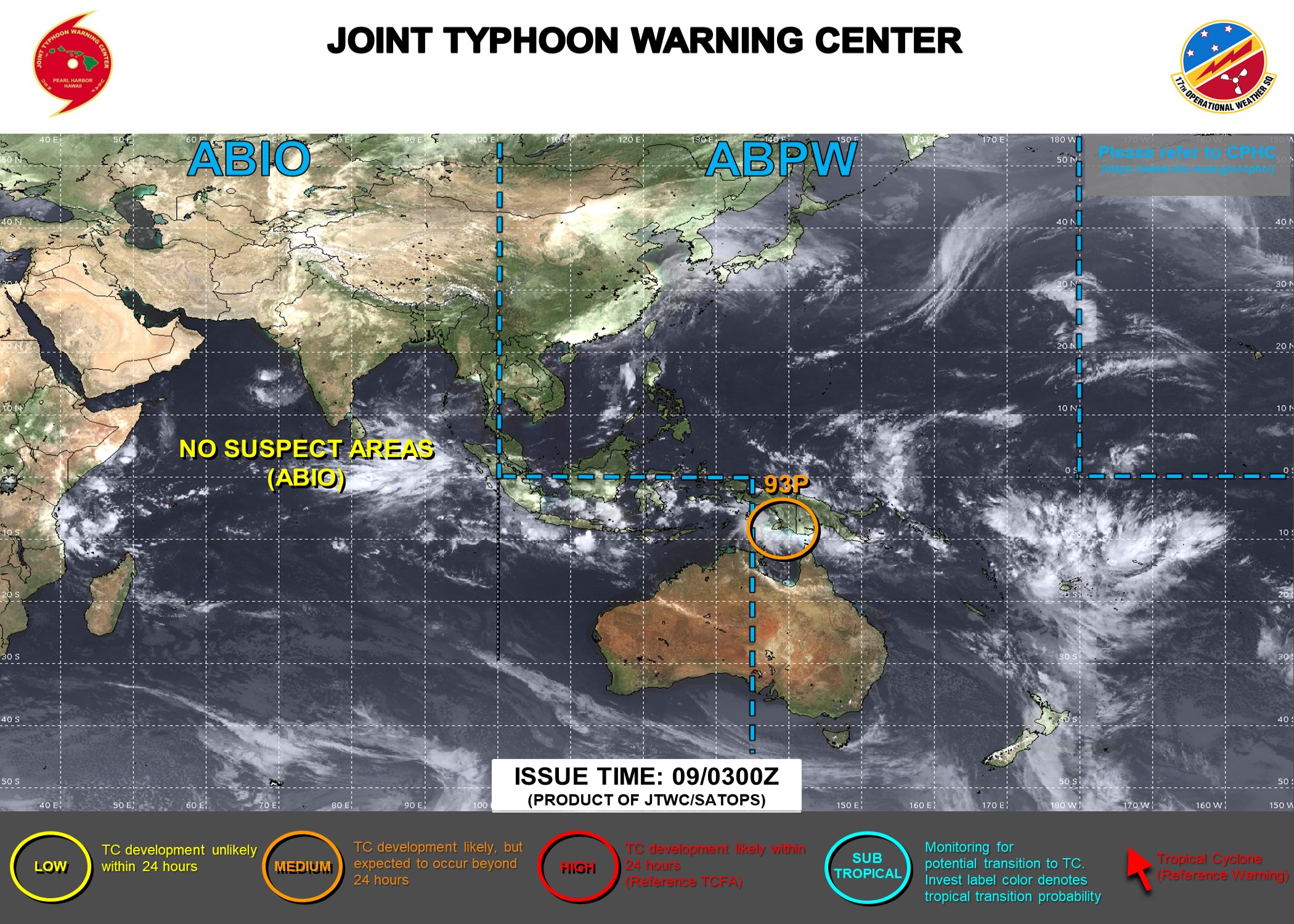
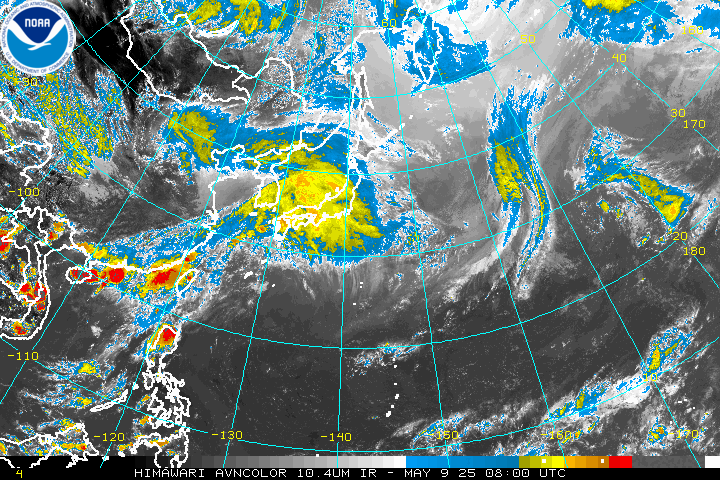
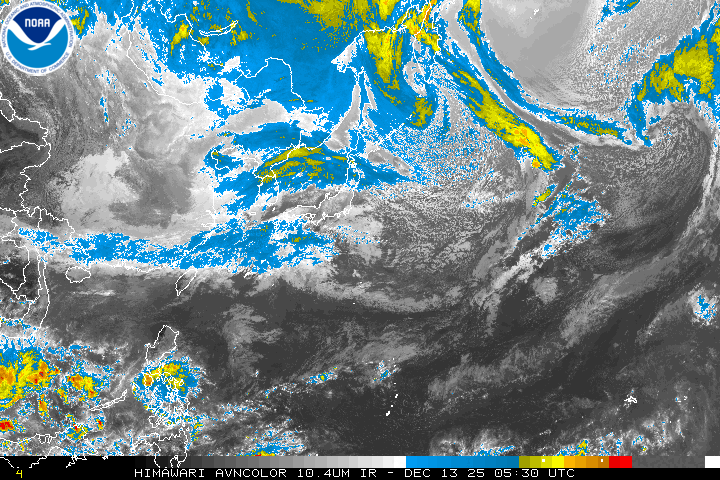
Cox Media Group



